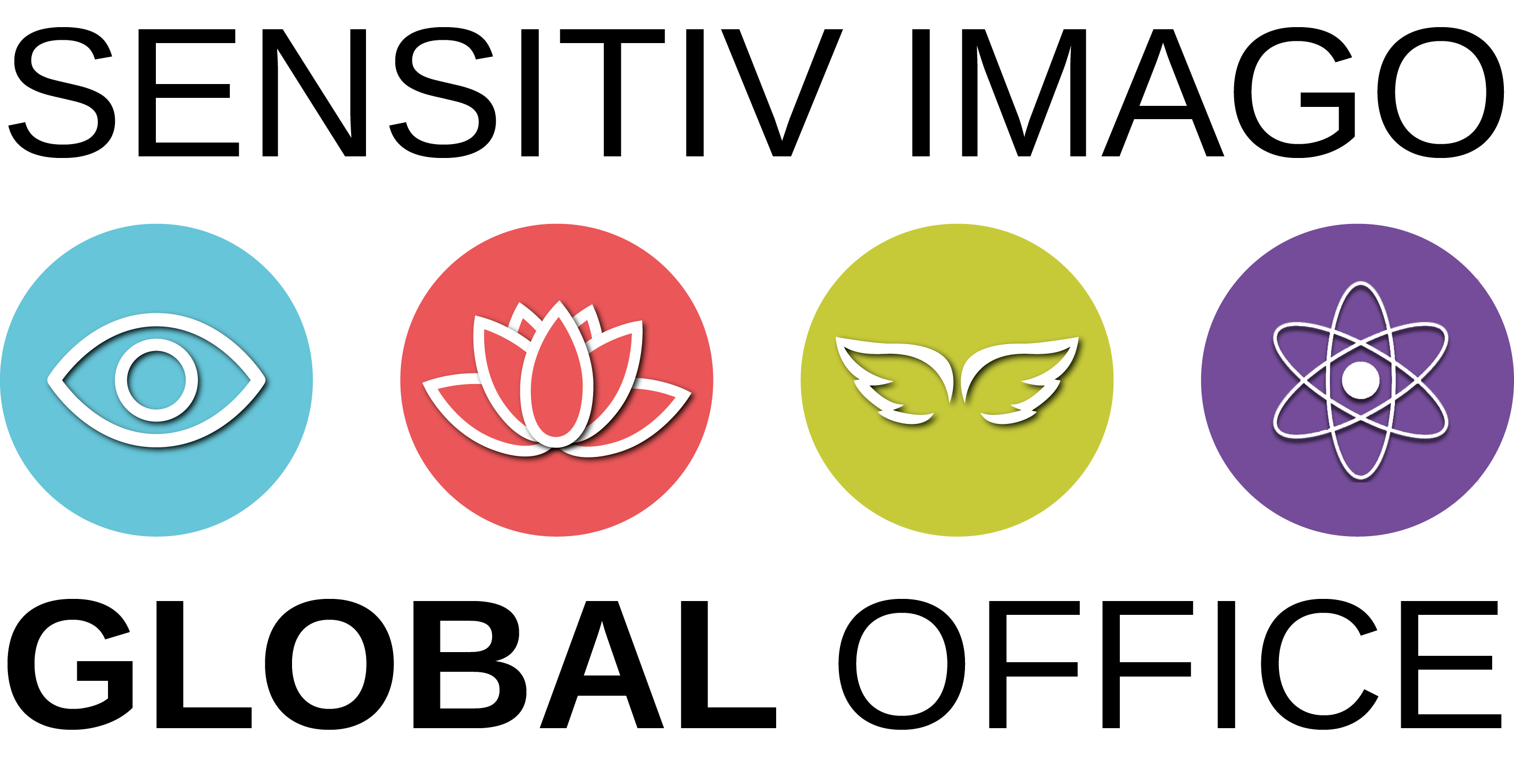Sensitiv Imago – the anti-smoking method
The smoking addiction and addictions as such are a plague of the modern world. Smoking is known to increase all kinds of health risks such as oncologies, heart diseases and chronic disruptions in the respiratory system, to name the main ones.

While the humanity has long been aware of the above risks, quitting to smoke becomes a big challenge for people because of a) the dependancy on the necotine that is formed on the chemical level b) the dependancy that is formed on the level of the brain and c) the social dependancy. Because of the above 3 main factors, a lot of the smokers fail at their attempts to get rid of this addiction.
With the Sensitiv Imago technology, we offer an alternative “detox+compensation” method that works on the cellular and tissue levels.
This anti-addiction method touches 3 areas:
- Removing the toxins from the organs
- Neutralizing the influence of the necotine
- Proving a relief for the nervous system
The anti-smoking procedure includes the following ingredients:
- Reading of the charateristics of the necotine
- Creation of the anti-necotine preparation
- Creation of the necotine-compensating preparation
- Elimination of toxins through BRT (bioresonance technology)
- Functional help for the Respiratory System through FC (frequency compensations)
- Sedation for the nervous system
The work with the clients includes:
- The educational module
- Understanding the nature of the problem (most smokers don’t realize it)
- Setting the right goal (quitting to smoke is not an effective motivation)
- Setting the right life environment (this can make or break your success)
- Following the realistic plan (discipline is the key to success in any beginning)
- Tools and methodology with Sensitiv Imago
Disclaimer: the producer of Sensitiv Imago provides no promise on your work with anti-smoking. This method has seen 60-75% success rates with our experienced practitioners.
Your personal effectiveness, like with any other healing, will depend on the factors like – level of client’s problem, level of client’s discipline and your competance.
